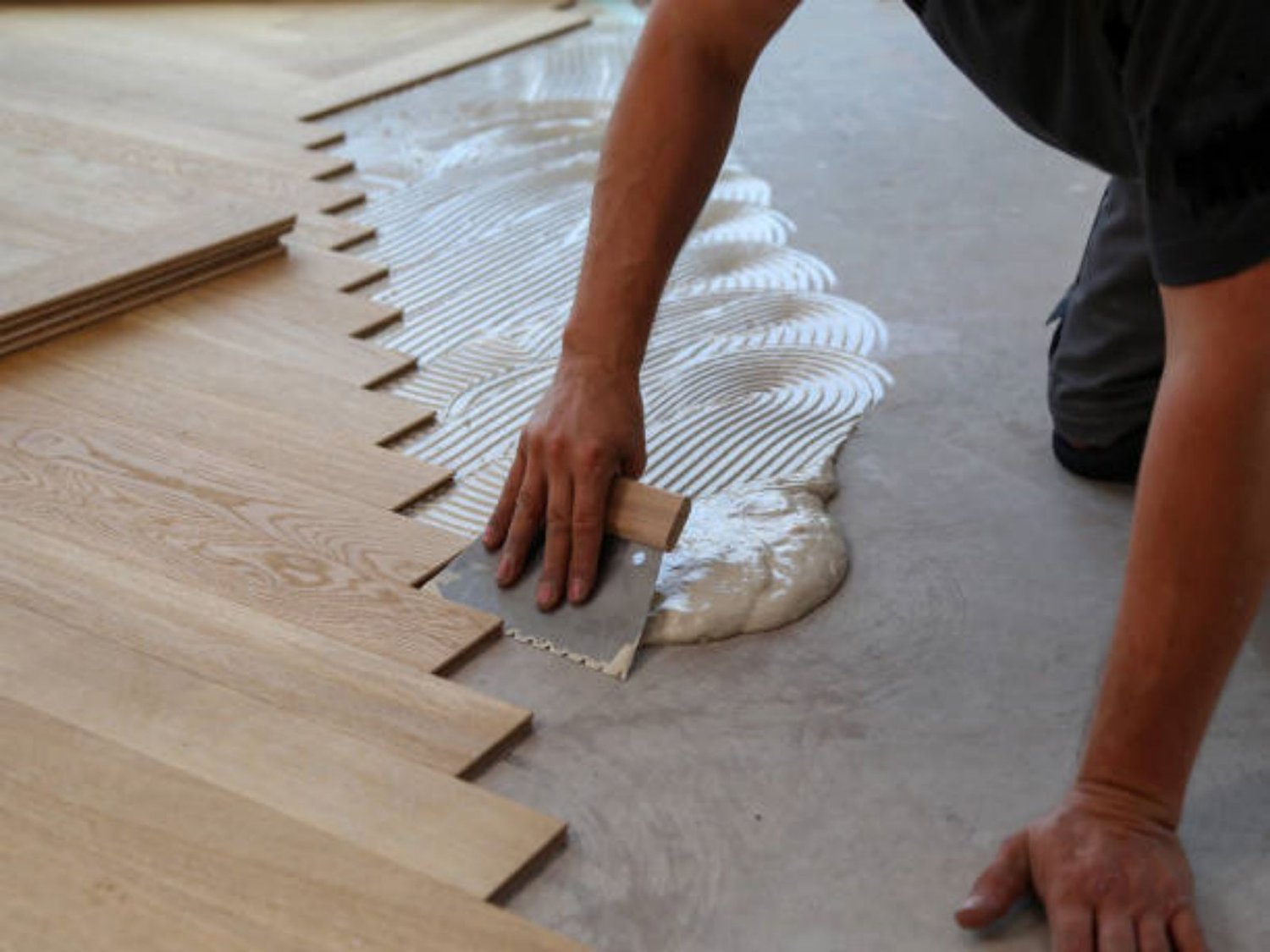Understanding SPC Flooring
SPC (Stone Plastic Composite) flooring has gained immense popularity in recent years due to its durability, water resistance, and ease of maintenance. It is a type of rigid core luxury vinyl flooring that consists of a stone-plastic composite core layer, a printed design layer, and a wear layer. When choosing SPC flooring, it is crucial to consider the thickness and wear layer to ensure optimal performance and longevity. In this article, we will guide you on how to choose the right thickness and wear layer for your SPC flooring.
Importance of Thickness
The thickness of SPC flooring plays a significant role in its overall durability and stability. Generally, SPC flooring is available in thicknesses ranging from 3.2mm to 7mm. Thicker flooring tends to be more rigid and resistant to impact, making it suitable for high-traffic areas or commercial spaces. Thinner options are ideal for residential use or areas with lower foot traffic. Consider the specific needs of your space and the expected level of usage when deciding on the thickness of your SPC flooring.
Determining Wear Layer Thickness
The wear layer is the topmost protective layer of SPC flooring, responsible for its resistance to scratches, stains, and wear over time. It is crucial to choose an appropriate wear layer thickness based on the level of foot traffic in your space. Wear layers for SPC flooring typically range from 0.3mm to 0.7mm. A thicker wear layer offers enhanced durability and longevity, making it suitable for commercial settings. For residential use, a wear layer of 0.3mm to 0.5mm is generally sufficient.
Considering Foot Traffic
One of the key factors to consider when choosing the thickness and wear layer for your SPC flooring is the level of foot traffic your space experiences. Areas with high foot traffic, such as hallways, entryways, or commercial spaces, require thicker flooring and a more substantial wear layer to withstand constant use and potential abrasions. On the other hand, low-traffic areas, like bedrooms or home offices, can benefit from thinner options with a lighter wear layer.
Budget and Cost Considerations
Another important aspect to consider when choosing the right thickness and wear layer for your SPC flooring is your budget. Thicker flooring and thicker wear layers tend to be more expensive than their thinner counterparts. Therefore, it is essential to strike a balance between your desired level of durability and your budget limitations. Evaluate your needs and prioritize where you are willing to invest more to ensure the longevity and performance of your SPC flooring.
Choosing the Right Thickness for Underfloor Heating
If you plan to install underfloor heating in your space, it is essential to select the appropriate thickness for your SPC flooring. Thinner options are more conducive to efficient heat transfer, ensuring that the warmth from the underfloor heating system reaches the surface effectively. Thicker flooring may hinder heat transfer, reducing the efficiency of the underfloor heating system. Consider consulting with a flooring professional to determine the most suitable thickness for your underfloor heating requirements.
Impact Resistance for Heavy Objects
In spaces where heavy objects or furniture may be moved or dropped, such as commercial settings or rooms with large appliances, impact resistance becomes crucial. Thicker SPC flooring with a robust wear layer offers better protection against dents and damage caused by heavy objects. Evaluate the specific requirements of your space and opt for a thickness and wear layer that can withstand the potential impact of heavy objects.
Choosing the Right Thickness for Sound Absorption
If sound absorption is a priority for your space, selecting the appropriate thickness of SPC flooring can help reduce noise transmission. Thicker flooring tends to provide better sound insulation, minimizing the transfer of footsteps or other impacts to lower levels or adjacent spaces. Consider the acoustical needs of your space when choosing the thickness of your SPC flooring.
Moisture Resistance and Subfloor Conditions
SPC flooring is known for its excellent moisture resistance, making it suitable for areas prone to spills or high humidity. However, it is essential to consider the subfloor conditions and moisture levels in your space when choosing the thickness of your SPC flooring. Thicker options can help compensate for minor imperfections in the subfloor and provide additional moisture protection.
Manufacturer's Recommendations
Lastly, it is crucial to consult the manufacturer's recommendations when choosing the right thickness and wear layer for your SPC flooring. Every manufacturer may have specific guidelines and suggestions based on their product's composition and intended use. Following these recommendations ensures optimal performance and longevity of your SPC flooring.
Final Thoughts
Choosing the right thickness and wear layer for your SPC flooring is essential to ensure its durability, performance, and overall satisfaction with your investment. Assess the level of foot traffic, budget constraints, underfloor heating requirements, and desired impact resistance or sound absorption to make an informed decision. Remember to consult the manufacturer's recommendations and seek guidance from flooring professionals to make the best choice for your specific needs. With proper consideration, your SPC flooring will provide you with a beautiful and resilient surface for years to come.

